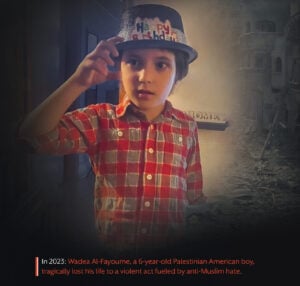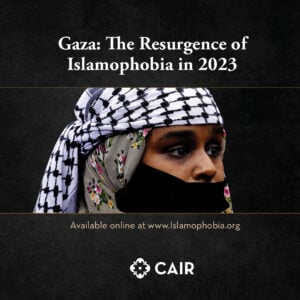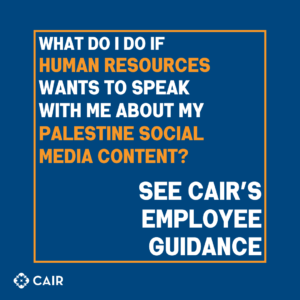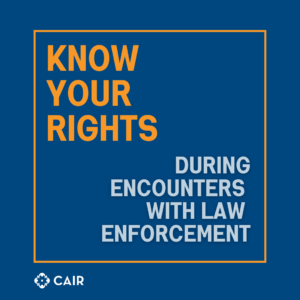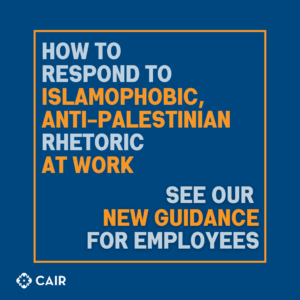In its third quarter data update on anti-Muslim bias incidents in 2017, the Council on American-Islamic Relations has documented that the overall number of anti-Muslim bias incidents is down as compared to the second quarter. However, bias incidents as a whole have risen 9 percent in the first three quarters of 2017 as compared to the first three quarters of 2016. The number of hate crimes within the year have remained relatively steady.
[box title=”9 Percent Increase in Bias Incidents in 2017 Over 2016″ box_color=”#30415d”]
[progress_bar percent=”85″ show_percent=”no” text=”2016 — Q1-Q3 >> 1525″ bar_color=”transparent” fill_color=”#8EAEBD” duration=”2″ delay=”0.7000000000000001″ scroll_reveal=”enter left”]
[progress_bar percent=”92″ show_percent=”no” text=”2017 — Q1-Q3 >> 1656″ bar_color=”transparent” fill_color=”#5f8596″ duration=”2″ delay=”0.7000000000000001″ scroll_reveal=”enter left”][/box]
There have been 354 bias incidents in the third quarter as compared to the 451 recorded in the second quarter of the year. CAIR documented 851 incidents from January through March. This increase in the first quarter can likely be attributed to the Protecting the Nation from Foreign Terrorist Entry into the United States Executive Order, also known as the “Muslim Ban.”
[file_download url=”images/pdf/Quarter_3_Data_Report.pdf” show_title=”no” save_as=”CAIR-Quarter-3-2017-Data” show_count=”no” show_like_count=”no” show_download_count=”no” show_file_size=”no” button_text=”Download Quarter 3 Update” button_background=”#de6560″ button_hover_background=”#30415d”]
Bias incidents are defined as cases in which there was an identifiable element of religious discrimination. Hate crimes, which involve physical violence or property damage, are the most frequent type of bias incident documented by CAIR in the third quarter, comprising 17 percent of the total. The second most common type of bias incidents have been those of harassment, defined as a non-violent or non-threatening incident such as verbal abuse.
The third most frequent type have been cases involving employment. These incidents can include denial of work, being passed over for promotion or harassment by a supervisor or other senior staff. Instances involving Customs and Border Protection are the fourth most common. Episodes in which the complainant has been questioned by FBI employees or otherwise appears to have been inappropriately targeted by the agency round out the top five categories.
[box title=”5 Most Frequent Types of Abuse” box_color=”#30415d”]
[progress_bar percent=”61″ show_percent=”no” text=”Hate Crimes >> 61″ bar_color=”transparent” fill_color=”#e4817d” duration=”2″ delay=”0.7000000000000001″ scroll_reveal=”enter left”]
[progress_bar percent=”53″ show_percent=”no” text=”Harassment >> 53″ bar_color=”transparent” fill_color=”#e89693″ duration=”2″ delay=”0.7000000000000001″ scroll_reveal=”enter left”]
[progress_bar percent=”44″ show_percent=”no” text=”Employment >> 44″ bar_color=”transparent” fill_color=”#eba6a4″ duration=”2″ delay=”0.7000000000000001″ scroll_reveal=”enter left”]
[progress_bar percent=”40″ show_percent=”no” text=”Customs and Border Protection >> 40″ bar_color=”transparent” fill_color=”#edb2b0″ duration=”2″ delay=”0.7000000000000001″ scroll_reveal=”enter left”]
[progress_bar percent=”36″ show_percent=”no” text=”FBI >> 36″ bar_color=”transparent” fill_color=”#f0bfbd” duration=”2″ delay=”0.7000000000000001″ scroll_reveal=”enter left”][/box]
The most prevalent trigger of anti-Muslim bias incidents in 2017 remains the victim’s ethnicity or national origin, accounting for 32 percent of the total. A Muslim woman’s headscarf has been a trigger in 18 percent of incidents. Fourteen percent of incidents have occurred as a result of an individual being perceived as Muslim.
The report dataset is drawn primarily from the intakes CAIR conducts each year. With each case, civil rights and legal staff seek to ensure the highest possible level of accuracy.
